7 Sustainable Packaging Trends in 2023
As businesses, we clearly see now, more than ever, there must be a change towards sustainable packaging. But what is sustainable packaging?
Sustainable packaging refers to packaging which can be recycled and limits the harm to the environment. An increase in awareness about packaging pollution is driving businesses to make bold commitments to rethink their product packaging.
This doesn’t just affect businesses, governments are starting to take action. From October 2023 the UK is banning the use of some single-use plastic packaging. Australia has set a target of 100% packaging to be recyclable, compostable or reusable.
With these changes on the way, non-sustainable packaging will be a distant memory. With that being said, in this blog post we'll discuss the latest sustainable packaging trends of 2023.
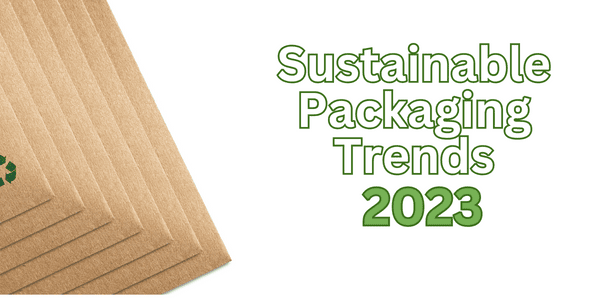
Here are the 7 Sustainable Packaging Trends of 2023
With sustainable packaging becoming more common now in our everyday lives, what sustainable packaging trends are we seeing in 2023?
Below we will delve into 7 trends which are revolutionising packaging.
The Rise of Sustainable Packaging
Sustainable packaging options have become ever increasingly popular due to increasing awareness and demand and regulatory pressures.
This packaging type refers to packaging which is sourced and manufactured responsibly in an environmentally friendly way. It also refers to what the end user does with the packaging from reusing it to recycling both are great ways to help the environment.
With increasing pressures from all parties for businesses to move towards sustainable packaging, it is inevitable that in the near future unsustainable packaging will be a thing of the past.
As mentioned above, the UK Government are putting a ban on some forms of plastic packaging. Pushing businesses to move towards sustainable packaging solutions.
Now more than ever there is an expectation from consumers for businesses to use sustainable packaging. If businesses don’t adopt this type of packaging it devalues their brand image. It also makes them less desirable to buy from.
Innovative Materials for Sustainable Packaging
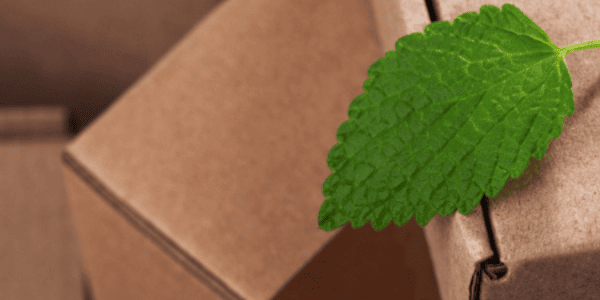
As the name suggests compostable materials biodegrade after a certain period of time. What counts as compostable packaging? The packaging needs to biodegrade within 90 days. And, on the plus side, it doesn’t release any harmful toxins.
Another up-and-coming packaging type is plant-based packaging. This packaging type is commonly known as bio-plastic. Compared to their plastic counterparts, bioplastics are made using plants and renewable materials. Helping to reduce waste and reducing carbon emissions.
But what plants are used to make this packaging type? There are many different plants such: as bamboo, sugar cane and straw.
Recycling and upcycling materials is a great way to reduce waste. Having spare corrugated boxes from deliveries can be passed on to your friends who are moving out, storage or much more.
When recycled goods are taken to a recycling plantation, it gets separated into different materials (e.g. plastics, tins, paper etc). These can either be made into the same material or different products.
Minimalist Packaging
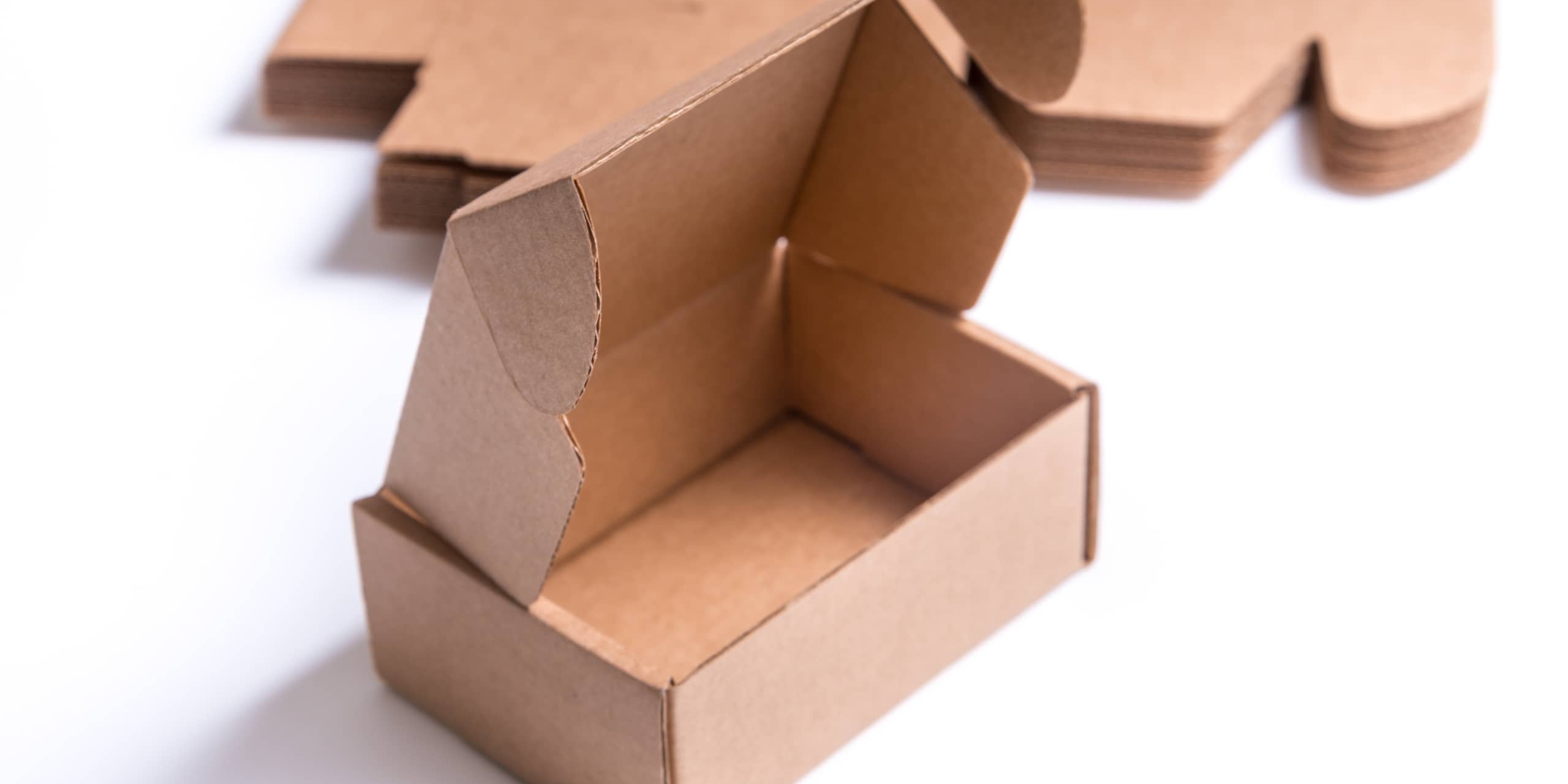
Ever heard of the phrase less is more? This can apply to packaging too. From the design of the packaging to the graphics and branding.
Minimalist packaging also refers to the amount of packaging used. Eliminating the need for protective packaging within products is a sustainable way to help the environment. But how can this be done? Using corrugated cardboard boxes and die-cut boxes can be custom sized to fit your products.
Studies show that ⅓ of consumer decision-making is based on packaging. Just because your packaging is minimalistic, it doesn’t mean that your branding has to be. The design of your product packaging should reflect what’s within.
Lightweight Packaging Solutions
This packaging type is a great way to reduce costs. But how? Lightweight packaging reduces the size and weight of the overall packaging. Helping you save money on shipping costs and fit more packages within one shipment. Thus reducing your carbon footprint.
Advantages of lightweight packaging solutions:
- As mentioned above, cost savings.
- Fewer materials are used. Helping to reduce packaging waste and thus helping the environment.
- Increased customer satisfaction. Lightweight packaging makes it easier for users when they buy the product. Carrying a heavy, bulky package can be avoided.
Disadvantages of lightweight packaging solutions:
- Reduced protection. Lightweight packaging gives exactly enough packaging which is needed to package a product, no more, no less. However this in turn can affect how protective the packaging is.
- Brand perception can be affected. This packaging type may be perceived as low quality, leading customers to believe the product within reflects the packaging.
Bioplastics and Bio-Based Packaging
Biological substances are used to make up bioplastics. Eliminating the use of fossil fuels and using plants like sugarcane and corn to make bioplastics. This packaging type is a good, sustainable alternative to bioplastics.
What are some of the types of bioplastics?
- Starch-based. As the name suggests this type of bioplastic uses corn starch.
- Cellulose-based. Wood pulp and cotton linter pulp are used to create bioplastics. Corrugated packaging is the commonly known cellulose-based bioplastic.
- Bio-derived polyethene. Primarily made from sugar cane, sugar beet and grain. This packaging type is 100% recyclable.
Bioplastics are derived from plants and are fully compostable.
However, with anything, there are disadvantages too. Some countries may not have the infrastructure to responsibly recycle bioplastics, (as the machinery is expensive). In this case, the bioplastics would go to landfill instead.
Circular Economy Approach in Packaging
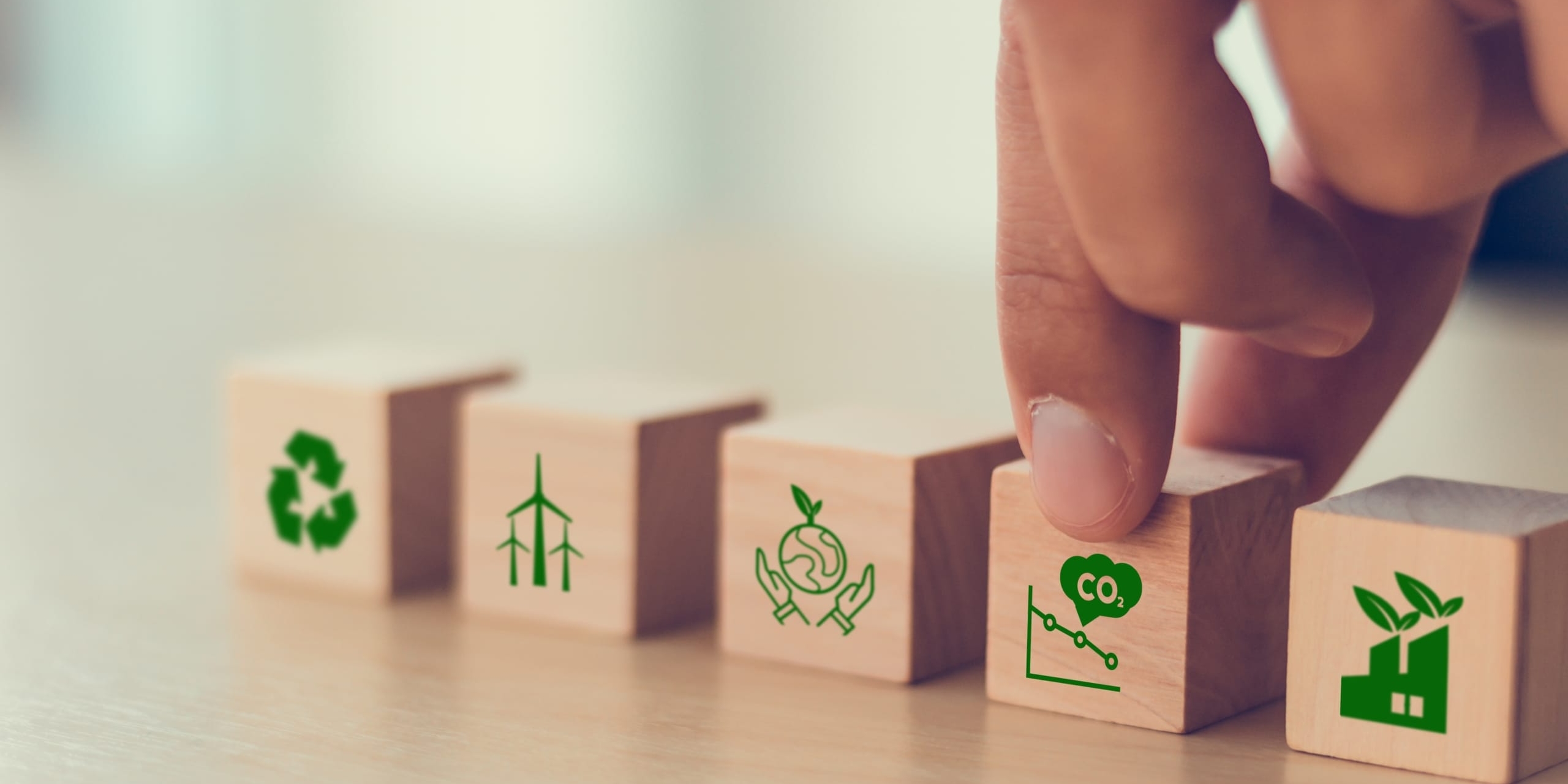
What is the circular economy and why are more businesses trying to adopt this approach?
The aim of the circular economy is to extend the life cycle of a product by reducing waste. An easy way of understanding the stages of the circular economy is to remember to think of 5Rs: refuse, reform, reduce, reuse, and recycle. When product packaging gets recycled it can either be used again in the same form or recycled into another material.
Businesses looking to adopt reusable and recyclable packaging should consider these 3 elements:
- Durability - In order for the product to be reused it needs to be strong enough to withstand many uses and conditions. No one likes reusing an item for it to break on them!
- Purpose and handling - How will the product be handled? It should be easy to open and securely close. Corrugated cardboard boxes should also be easy to collapse so they can be stored away for future use and be strong enough to withstand many uses.
- Cleaning - Packaging should be easy to clean. The last thing you need is a sticker on a jar that won’t come off. Businesses also need to consider the cleaning process. The process needs to be completed with minimum harm to the environment.
One of the most common forms of package reusability is glass jars. The use of glass jars to store items is a trend that has never gone out of fashion. Homeowners often reuse jars to store things like spices, washing detergent and much more.
Extended Producer Responsibility (EPR) is a regulation that holds producers responsible for their product packaging. Producers are defined as businesses that handle over 25 tonnes of packaging in a year. Whether that be manufacturing over 25 tonnes of packaging or buying over 25 tonnes of packaging, both apply.
Packaging Waste Management
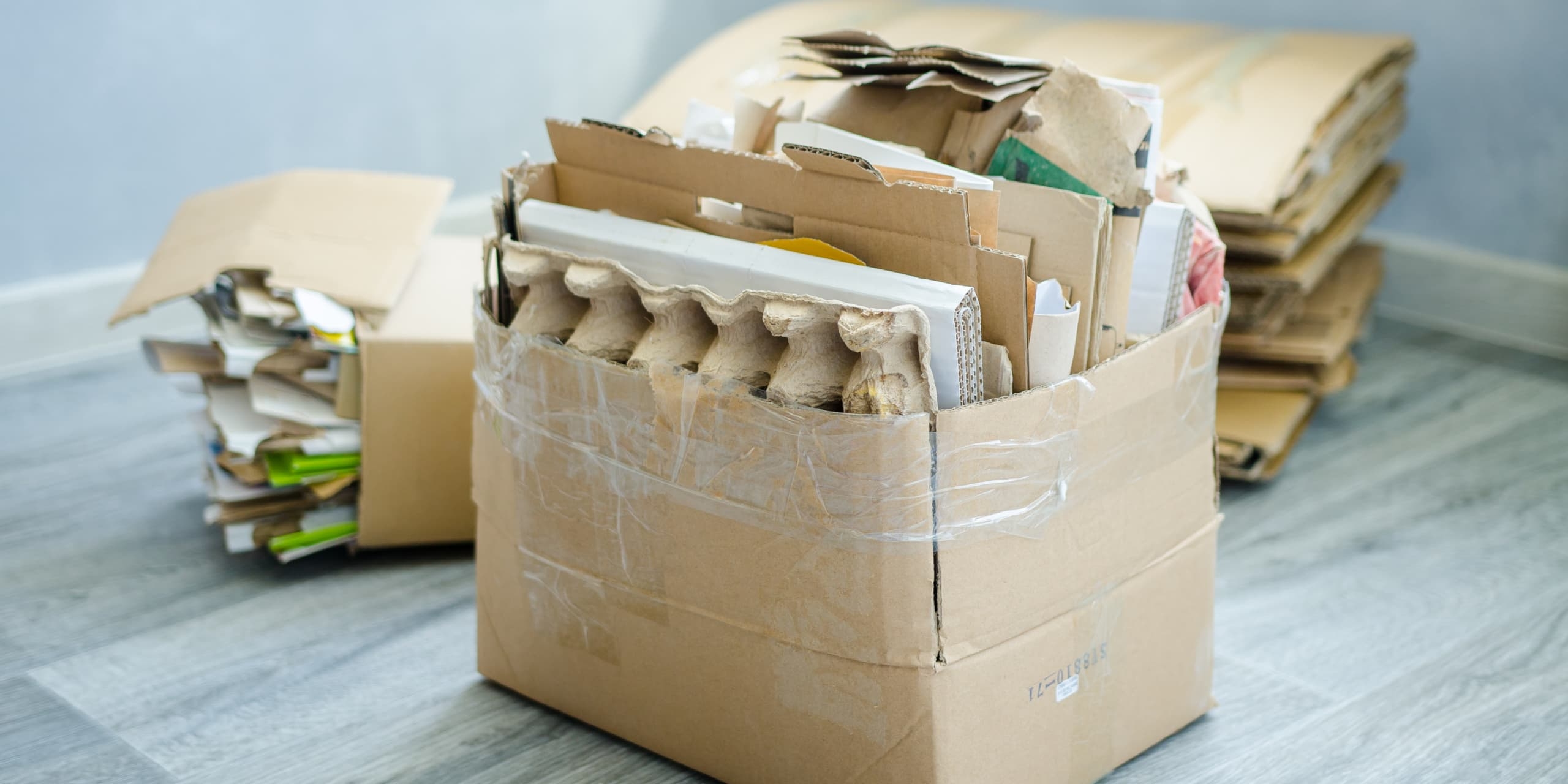
With more businesses and consumers recycling, do we have an efficient recycling infrastructure to meet demand? Waste management companies need to ensure that they have facilities to process the recycling and meet demand. Upgrading recycling machinery will improve efficiency and the use of energy.
Businesses need to ensure that they inform the end user how to dispose of their packaging. As consumers, we can’t just assume that all plastic bags and trays are unrecyclable- this is not the case anymore. Without the recycling symbol on the packaging, consumers will not know how to correctly dispose of their packaging.
Local Councils also need to take action. They need to ensure they let homeowners know what and how items can be recycled. Does the plastic need to be separated from the cardboard? Without this, the recycling system will take longer.
Sustainable packaging is changing the way businesses operate. Utilising this packaging type meets government regulations, and consumer demand whilst also protecting the product within. It can also help save money. Using custom die-cut boxes is a great way to package your products without the need for protective packaging with.
The move towards more sustainable packaging is the right thing to do for the future of the planet and future generations.
Why are Businesses Shifting Away From Conventional Packaging?
Conventional packaging, otherwise known as traditional packaging does not degrade but can sometimes be recycled.
Every day we encounter some form of conventional packaging whether it be the tin foil containers from your local takeaway to your beer cans. But what is the effect of this packaging?
According to The National Park Service, it is estimated that: plastic bags take 50 years to degrade, metal/steel cans take 80-100 years and bottles take 450 years to degrade!
You may think that the waste is just left in the landfill and doesn’t affect the atmosphere. That’s wrong! Conventional packaging left at landfills doesn’t degrade quickly. In fact, the hazardous chemicals from the packaging lead their way to the atmosphere and the ground; contaminating water in canals and lakes and the water we drink.
We’ve all seen it on the news, the effect plastic is having on marine life. This has been detrimental to our marine environment and ecosystems. Sea animals can get trapped in plastic and consume microplastics. Whilst microplastics do not harm the animal it does affect humans who eat sea animals.
By now you're probably wondering what the solution is to all of this. One solution is embracing sustainable packaging with Diamond Box.
Embrace Sustainability with Diamondbox's Premium Cardboard Packaging
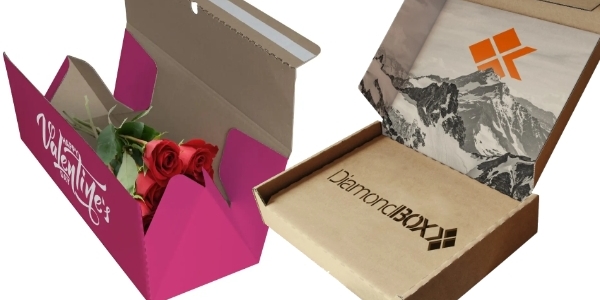
In today's business landscape, prioritising sustainability is not only a moral imperative but also a smart business decision. As a business owner, you understand the importance of making environmentally conscious choices that resonate with your customers and contribute to a better future.
That's why we urge you to make the switch to Diamondbox's premium cardboard packaging solutions. Our sustainable packaging options offer a host of benefits that align with your values and meet the demands of today's conscious consumers.
By opting for our cardboard packaging, you are choosing a renewable and recyclable material that helps reduce the harmful impact of traditional packaging. Unlike conventional alternatives, our cardboard degrades naturally and efficiently, minimizing landfill waste and preventing the release of hazardous chemicals into the environment.
Looking For a Sustainable Packaging Solution? Speak To Our Expert Team Today
Find the right type of carboard packaging for your products either by checking out our complete products packaging range here, or by speaking to a member of our experienced team today on 0121 505 2211 . You can also get in touch with a member of the Diamond Box team either by sending an email to sales@diamond-box.co.uk or by utilising our quick contact form below. We look forward to hearing from you soon.